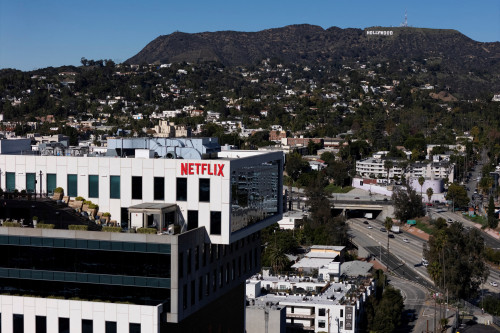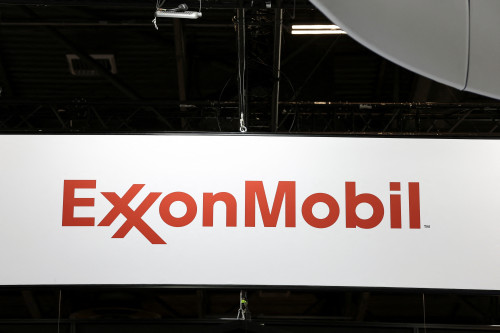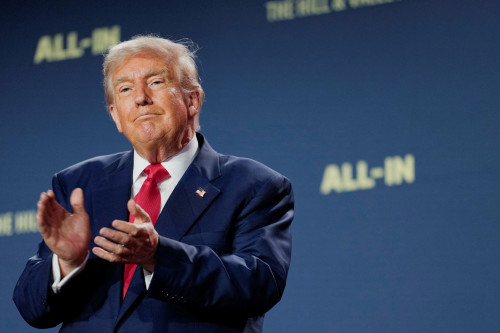By Ann Saphir
(Reuters) -U.S. central bankers, less than a week after raising interest rates for an 11th time since March 2022, expressed hope they can beat inflation without cratering the job market, though they also said doing so will require keeping rates high for some time.
“I’m kind of, I’m closet optimistic … my forecast is that we manage this, that we walk the fine line of the path that we get inflation down, not immediately but at a reasonable pace without a big, a huge increase, in unemployment,” Chicago Federal Reserve Bank President Austan Goolsbee told Reuters on Tuesday.
“Hopefully we’re going to continue to see improvement on the inflation front; I kind of think that’s the key driver of our thinking and decision-making coming out of the last meeting, but also going into the next one.”
Goolsbee last week joined fellow U.S. central bankers in a unanimous decision to raise the Fed’s policy rate a quarter of a percentage point, to a target range of 5.25%-5.50%, after skipping a hike at the previous meeting for the first time since they began their rate-hike campaign in March 2022.
In June, Fed policymakers signaled they expect to need to lift rates further, to above 5.5%, before year’s end. On Tuesday, Goolsbee said his own decision at the Fed’s next meeting in September will be driven by what happens on prices.
“Many of these recent meetings have been … close calls, I’d say,” Goolsbee said. “We are trying to manage the transition point, and that’s always the hardest thing, when you are trying to get the timing right.”
In a video call with reporters, Atlanta Fed President Raphael Bostic – whose turn to vote on Fed policy will not come around until next year – said that he would have “grudgingly” supported July’s rate hike, but that if the economy evolves as he expects he would not support one in September.
Inflation by the Fed’s preferred measure, the personal consumption expenditures index, has more than halved from last summer’s peak to 3% in the most recent month, marking “promising” progress toward the Fed’s 2% goal, Bostic said.
As inflation falls further, he said, unemployment, now at 3.6%, may end up rising no further than to 4%.
That said, he added, inflation will likely decline only slowly, and only under continued pressure from a Fed policy rate that is at its highest since before the Great Recession.
“My baseline outlook doesn’t contemplate any cuts until the second half of next year at the earliest,” Bostic said. “I’m going to be resolute to make sure that we don’t move our policy posture in a different direction until we’re absolutely, absolutely certain that inflation is going to get to our target.”
Goolsbee likewise said that any rate cuts would take place “far out in the future.”
For now, he said, the Fed is on the “golden path” of disinflation without a recession. “So far so good; it’s a tight line to walk,” he said.
(Reporting by Ann Saphir in Berkeley, CaliforniaEditing by Matthew Lewis)





